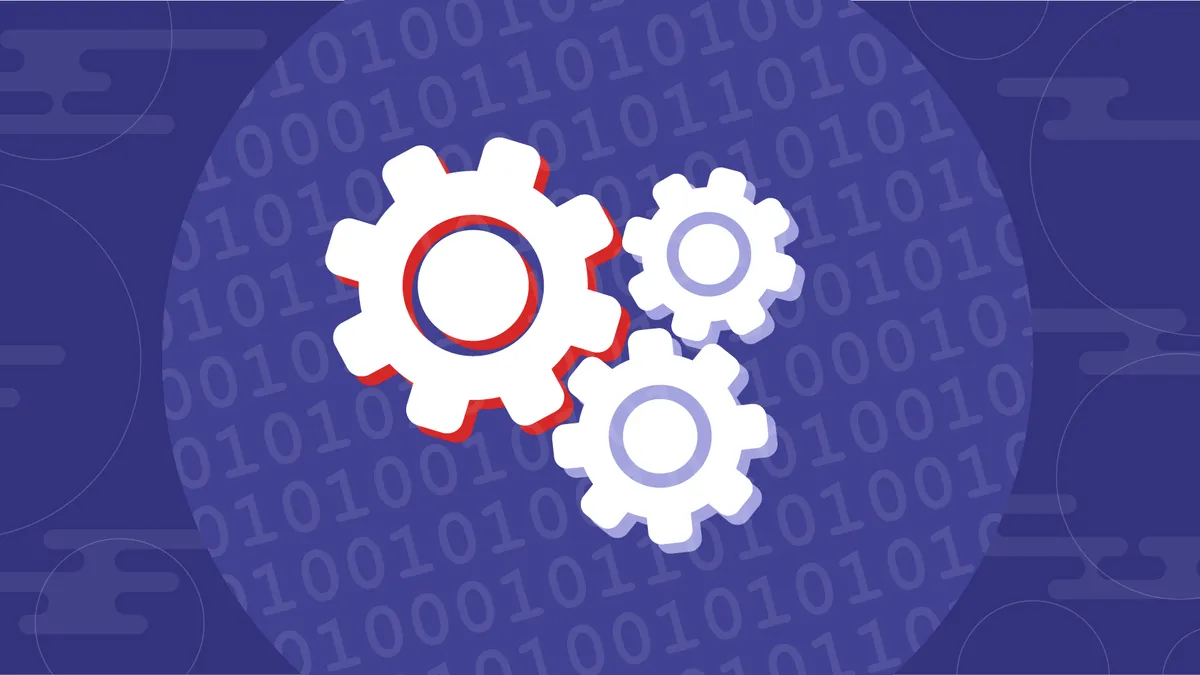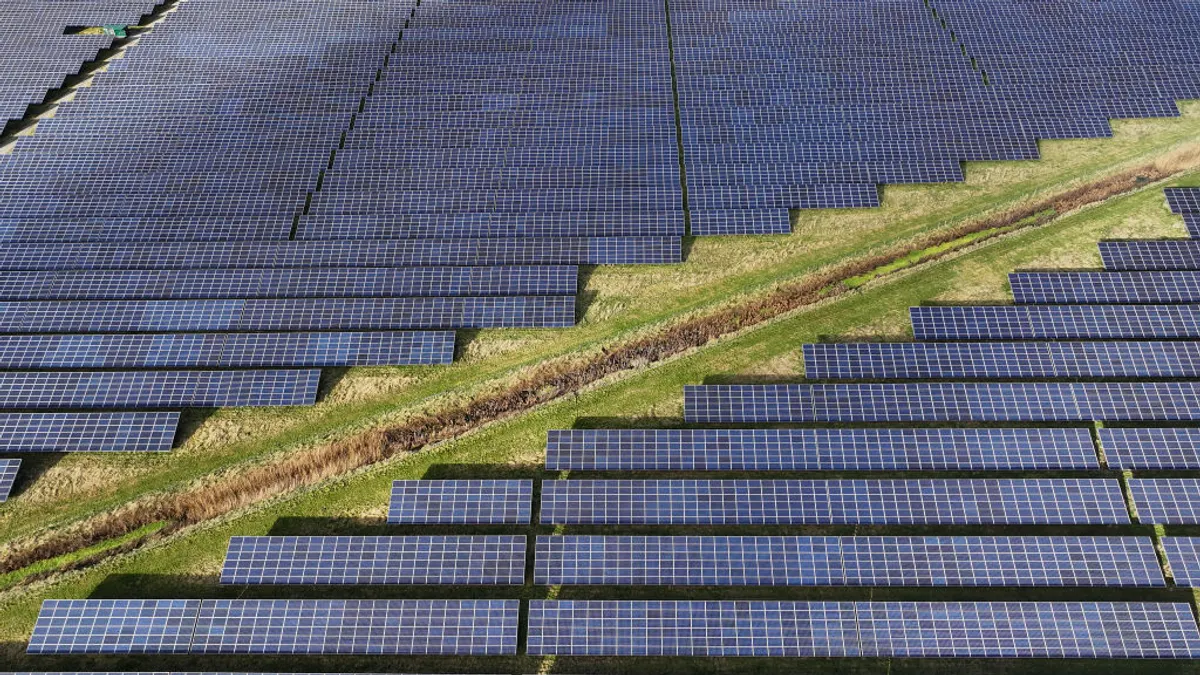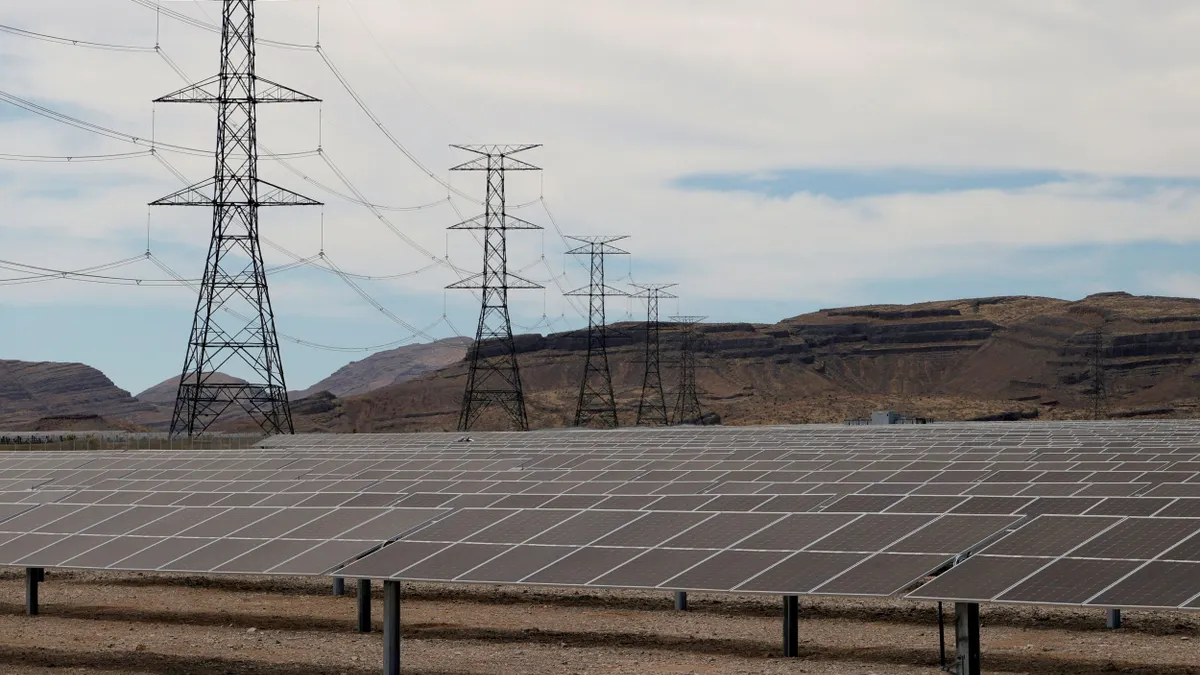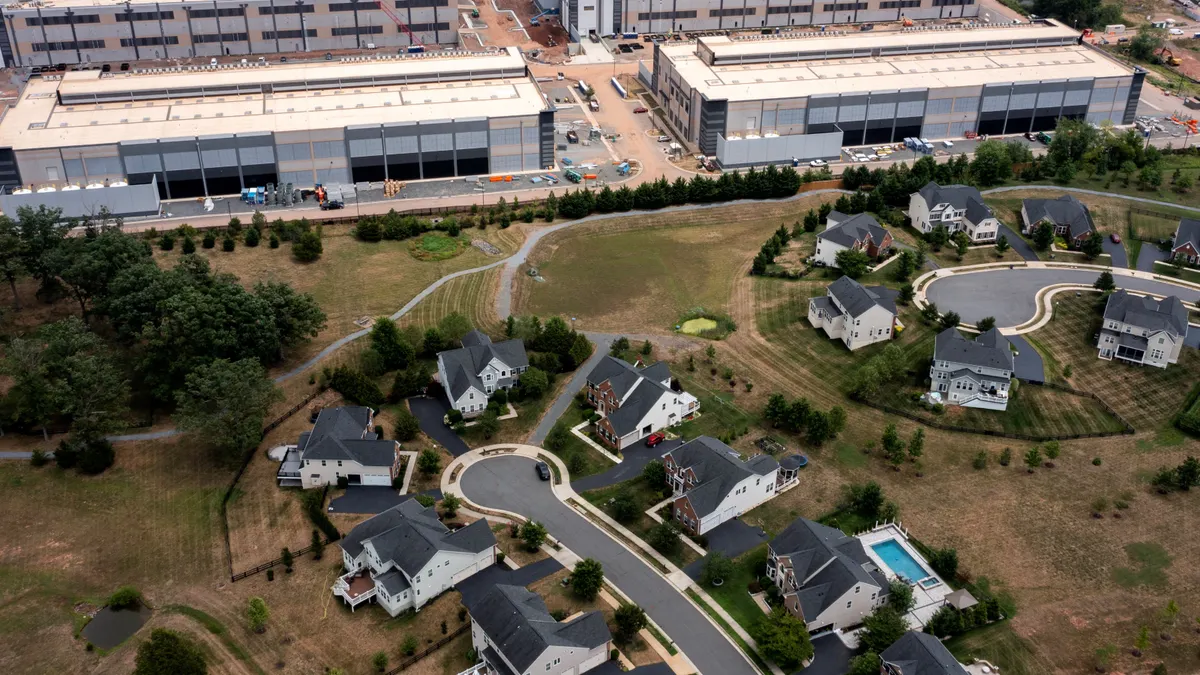Increasing digitization in the power sector is creating reams of data as utilities add finer sensors and new communications technology on top of existing controls, according to industry consultants, executives and vendors. Uses for that data include helping utilities make their rate cases before public utility commissions.
"We’ve seen a number of recent rate cases denied or only partially approved and this changes the dynamic," said Bryan Friehauf, executive vice president and general manager of enterprise software for Hitachi ABB Power Grids.
Instead of "being on the defensive, saying, ‘We’ve done a good job with stewardship requirements with the investments we’ve made,’ which is a hard argument to make and usually is met with criticism," utilities now can present data simulations portraying the scenarios they expect during the next rate period, he said. They can offer commissioners fact-based assumptions.
"Now they can say ‘this is what we think is going to happen with load growth, with penetration of electric vehicles, and other sorts of things that might disrupt the grid; do you agree with these scenarios?’" he continued.
Interveners in rate cases have come before public utility commissions with their own data-driven presentations, pushing utilities to become more sophisticated in their own presentations, said Zach Pollock, an energy and utilities expert at PA Consulting.
Utilities' operations technology (OT) alone generates massive amounts of data and cloud computing now enables them to combine that information with data from their information technology (IT) systems to model scenarios and run simulations. Statistically meaningful simulations can help utilities better communicate with ratepayers and utility commissions, according to Friehauf. Utilities can predict the consequences of rising distributed energy resources, EV adoption and load growth, and explain how they plan to mitigate those circumstances.
Utilities use operational and other data in every rate filing, a utility commission official said. Data in their filings may include tracking circuit performance — to determine if there are poorly performing circuits in need of repair or replacement — and data on retirements and salvage costs is used to estimate service lives and removal costs for utility investments.
Utilities also analyze load and customer use data to see if capital investments are necessary, the regulatory official explained. They analyze cost data for the entire operations.
A history steeped in technology
The power sector has had long experience with automation and digitization, according to Larry Bekkedahl, vice president at Portland General Electric (PGE) for grid architecture, integration & systems operations.
"There’s a long history going back to the 1970s when SCADA (Supervisory Control and Data Acquisition) systems were first put in to monitor substations and we pulled operators out of substations and into control centers," Bekkedahl said.
Additional data became available with advanced metering infrastructure (AMI) and synchrophasors. Many utilities have completed, or are about to complete, the transition to more advanced second-generation AMI.
"At PGE, we’ve had advanced monitoring infrastructure in place for over 10 years," Bekkedahl said.
"You’re going to need to simulate what’s going to happen on a hot day four or five years from now, as the population grows, to understand what that does to the assets you have today."

Bryan Friehauf
Executive Vice President and General Manager of Enterprise Software, Hitachi ABB Power Grids
Synchrophasors, monitoring devices that measure instantaneous voltage, current and frequency at specific locations along the grid, saw extensive roll outs in a series of "smart grid" projects funded under the American Recovery and Reinvestment Act of 2009, the Obama-administration’s stimulus package. Synchrophasor monitoring units are far more sensitive than SCADA monitors.
"With SCADA systems, we could watch the system once every 2 to 4 seconds; with synchrophasors, we’re seeing feedback from the system 60 to 120 times a second," Bekkedahl said, "It’s like the difference between an x-ray and an MRI."
"We now see things that we didn’t see before," Bekkedahl said, "digital sensors provide operators with such granular information, we now have real-time performance monitoring."
"Automation on the grid has matured to consist of bidirectional communications from various applications from control centers up to the field equipment substations and automation happening at the edge," Friehauf said. The current level of automation and digitization drives the current levels of grid stability and reliability, he added.
Scope of automation, digitization
"Today, with the digital transformation and asset performance management, you can not only understand the current health of the grid, but also what elements may fail in a week to two weeks," Friehauf said.
"You’re going to need to simulate what’s going to happen on a hot day four or five years from now, as the population grows, to understand what that does to the assets you have today."
Using their historical data and forward-looking simulations, utilities can make decisions about investments they need to make in their existing assets to ensure the level of grid availability they’ll need for future demand. They can then present their simulation results to commissioners to defend their stewardship responsibilities.
"By taking data from disparate systems — from AMIs, from asset systems, along with outage data — and putting it into the cloud and applying algorithms, you can paint a picture that will provide you with causal insights."

Larry Bekkedahl
Vice President for Grid Architecture, Integration & Systems Operations, PGE
To produce those simulations requires accessing data that traditionally has been "siloed" in separate departments, Friehauf said.
Simulations can be produced when data from a utility's disparate systems are uploaded to cloud computing systems, PGE’s Bekkedahl said. Once AMI or similar data is uploaded to the cloud, it can be combined with other information such as weather patterns and overlaid on geospatial data.
"Then you’re seeing your whole system and, more importantly, your workers can see your whole system as well," Bekkedahl said.
What can data do?
The increased data flows from digitization not only help utilities determine where to invest in the future, but how to optimize their systems now.
Mapping tools can pinpoint where outages are occurring, locations of work orders, and where work crews are responding. Beyond those capabilities, utilities now benefit from "equipment talking to equipment and you start to get ‘self-healing’ of your system," according to Bekkedahl.
Portland General Electric worked with a hospital that had struggled for years with outages that disrupted power to its facilities. PGE examined data from AMI installed at the hospital, the utility’s own automated equipment and weather data that both the hospital and PGE monitored.
PGE concluded there was no one root cause of the hospital’s outages but several different causes. They trimmed selected trees and placed cover guards on equipment that had been damaged by birds and squirrels, significantly enhancing reliability.
"By taking data from disparate systems — from AMIs, from asset systems, along with outage data — and putting it into the cloud and applying algorithms, you can paint a picture that will provide you with causal insights," Bekkedahl said.
System upgrades
Utilities are leveraging digitization and the data it creates to improve their systems in other ways.
Portland General Electric recently announced it would upgrade its existing feeders and substations with advanced automation distribution technologies as part of its Smart Grid Test Beds in Hillsboro, Milwaukie and North Portland. PGE also is recruiting 525 homes in those communities to sign up for electric vehicle purchases, peak-time rebates, and smart appliances and smart thermostats as part of the utility’s automation and digitization experiment.
Salt River Project (SRP), a not-for-profit utility cooperative serving the Phoenix metropolitan area, also is upgrading its systems.
"We’ve been able to establish fiber to every one of our substations," said Greg Adams, grid planning and performance manager for SRP.
"We’re also deploying a field area network that allows us to reach deeper into our service territory," Adams said. In addition, SRP is well into its second deployment of AMI.
"About 50% of our service territory has adopted the second generation of advanced meters," according to Adams.
Sensors on its grid produce the volume of data SRP needs to run simulations predicting where residential and commercial and industrial customers will likely adopt electric vehicles and rooftop solar.
SRP’s model has a high level of accuracy. "We were able to predict the number of electric vehicles that were going to be adopted at the feeder level to within plus-or-minus 5 electric vehicles, 91% of the time in the previous year," Adams said.
The utility wants its customers to purchase EVs and has set a sustainability goal of 500,000 EVs in its service territory by 2035. Forecasting the growth and location of those EVs is critical as they create new demands on the system. A cluster of EVs on a single transformer is a concern for the cooperative with a fleet of approximately 170,000 transformers, 80% of which serve residential customers.
"We still have time to create programs to mitigate the impacts of EV adoption, rolling out plans to encourage customers to charge vehicles during off-peak periods or in locations where we have an abundance of capacity," Adams said.
In another project, SRP identified a residential neighborhood with a high penetration of rooftop solar. The utility worked on an advanced inverter pilot with the Electric Power Research Institute, using an advanced distribution management system.
The pilot revealed the difficulty in developing precise models to accurately manage solar inverters with traditional voltage controls on the surrounding grid. However, the models produced misleading feedback.
"We looked at our screens and we were amazed at how well we were controlling the voltage — plus-or-minus 1% on the screen," Adams said. "About a week later, we got the data coming in from the field and it was completely different. There’s work that has to be done on the models."
"What we’ll see over the next 10-plus years is, incrementally, utilities finding additional opportunities to leverage digital tools to do existing things better or entirely new things."

Shayle Kann
Managing Director, Energy Impact Partners.
While PGE, SRP and other utilities are applying the wealth of data they now receive to address various challenges, to move forward in the ongoing energy transition, utilities need more granular data monitored in real time, according to Mike Sullivan, an energy and utilities expert at PA Consulting. Emerging technologies like the 5G mobile data standard will help utilities with ubiquitous communications to better manage a dynamic grid network.
"The industry always has been fairly technology-oriented," said Dana Hanson, EY Americas power & utilities sector leader, "and you’re going to see a continued push for digital capabilities, which will require a lot of computer-savvy, technology-savvy individuals throughout the work force."
Future of automation, digitization
"There’s a need to modernize the grid, digitize the grid, and provide more virtual capabilities because we have a lot of DER and storage coming onto the grid," Hanson said. "We’re seeing a massive amount of investment going into the distribution network to prepare for DER."
Utilities can be conservative in their approach to change, said Shayle Kann, managing director at Energy Impact Partners.
"Utilities are laser-focused on reliability and affordability," Kann said.
"This is a multi-decade long journey. Digitization is multi-faceted, complex and pervasive," he continued. "What we’ll see over the next 10-plus years is, incrementally, utilities finding additional opportunities to leverage digital tools to do existing things better or entirely new things."
The power sector must become a much more dynamic system as new resources like energy storage and rooftop solar, and new uses like electric vehicles, create a more complex picture for utilities, according to Kann.
"Utilities need a much better visibility into customer load both in real time and into the future," Kann said.
Some of that visibility can be provided by artificial intelligence (AI) and machine learning. "AI and machine learning are part of a new toolkit to take a large volume and variety of data to yield insight and action from it," Kann said.






















